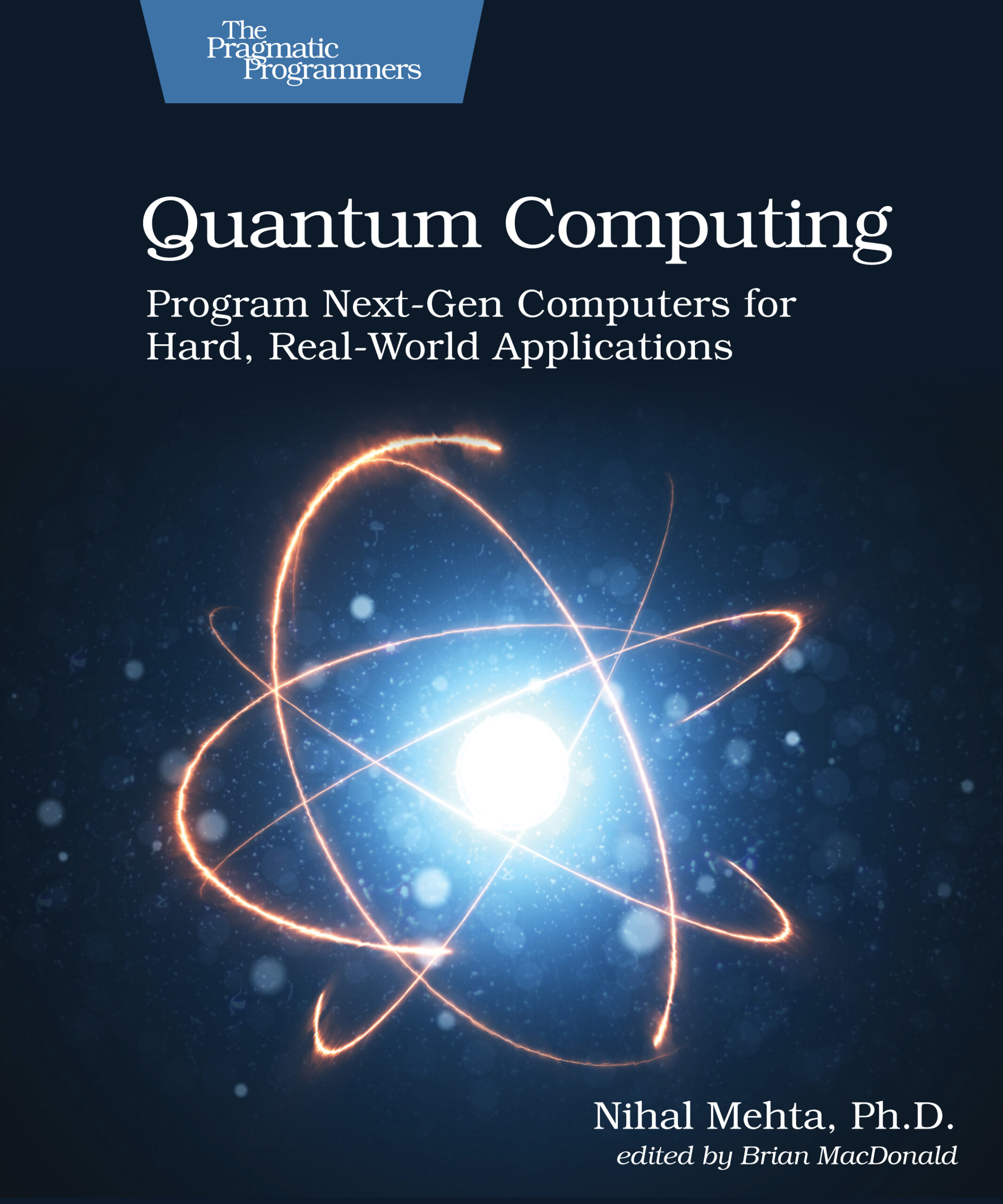In the intricate tapestry of modern computation, quantum computing emerges as a resplendent thread woven with the threads of physics, mathematics, and computer science. Imagine a tech-savvy guru strolling through a vast garden filled with blooming possibilities—this garden is akin to the realm of quantum computing, where the intricate interplay of superposition and entanglement breathes life into the very fabric of computation. Just as a master gardener knows how to nurture each plant for optimal growth, so too must quantum engineers and scientists cultivate their understanding of this revolutionary field to unlock its full potential.
The essence of quantum computing lies in its ability to transcend the limitations imposed by classical systems. While classical computers process information using binary bits, which can either be a zero or a one, quantum computers harness the enigmatic properties of quantum bits, or qubits. Qubits exist in a state of superposition, where they can represent multiple states simultaneously, much like a simultaneous starry night sky that encompasses countless constellations. This phenomenon allows quantum computers to perform calculations at an unprecedented scale, fostering an exponential increase in processing power.
A profound aspect of quantum computing is entanglement—a peculiar correlation between qubits that persists even when they are far apart. This relationship can be likened to a pair of cosmic dancers, gracefully moving in sync regardless of distance. When entangled, qubits enable faster information transfer and complex problem-solving capabilities, potentially revolutionizing fields such as cryptography, optimization, and artificial intelligence. The intricate dance of entangled qubits not only offers enhanced performance but also raises fundamental questions about the nature of reality itself.
As we delve deeper into this ocean of quantum possibilities, one cannot overlook the various architectures that underpin quantum computing systems. Superconducting qubits, trapped ions, and topological qubits represent just a few of the myriad approaches being explored. Each architecture comes equipped with its own strengths and challenges, akin to different musical instruments contributing unique harmonies to an orchestra. For example, superconducting qubits have garnered significant attention due to their scalability and speed, but they require exceedingly low temperatures to function. Trapped ions, on the other hand, operate at higher temperatures and boast remarkable coherence times, yet they present challenges in achieving scalability.
Quantum algorithms, the blueprints for exploiting the capabilities of quantum systems, further illustrate the allure of this burgeoning field. Algorithms such as Shor’s algorithm, which efficiently factorizes large integers, and Grover’s algorithm, which accelerates database searches, promise to reset the boundaries of computational efficiency. These algorithms serve as key catalysts that can solve problems deemed intractable by classical computers, highlighting quantum computing’s unique appeal in the vast realm of technical possibilities.
The implications of quantum computing extend well beyond theoretical musings. Industries ranging from pharmaceuticals to supply chain management stand to benefit from the disruptive capabilities of quantum technology. The potential for quantum simulations to model molecular interactions with unfathomable precision opens new avenues for drug discovery, drastically reducing the time and cost associated with bringing new therapeutics to market. In logistics, quantum optimization algorithms can streamline routes and resources, ultimately fostering more sustainable and efficient operations.
However, for all its promise, the journey into the quantum realm is fraught with complexities. Developing stable quantum systems is akin to balancing a house of cards in a windstorm. Decoherence, the phenomenon whereby qubits lose their quantum properties due to interactions with their environment, poses significant hurdles. As quantum engineers strive to build more robust systems, they must also confront the ethical and societal implications of quantum advancements. Issues surrounding data privacy, security, and the digital divide present pressing questions that merit careful consideration. The advent of quantum computing heralds a new age, one that demands not only technical prowess but also moral responsibility.
Amidst this tumultuous landscape, one can find a glimmer of hope in the spirit of collaboration that characterizes the quantum community. Research institutions and tech companies worldwide are joining forces to cultivate a comprehensive understanding of quantum phenomena, akin to a consortium of astronomers pooling their observations to unravel the mysteries of the cosmos. Collaborative efforts, such as the Quantum Open Source Foundation, foster the sharing of knowledge and resources, ensuring that the advancements in quantum technology transcend geographical and institutional barriers.
The narrative of quantum computing can be aptly summarized as a symphony of innovation, risk, and promise. By embracing its complexities and uncertainties, we open the door to an unprecedented era of computational power. Whether one perceives quantum computing as a mystical domain or a technological marvel, its unique appeal resonates across disciplines. From envisioning solutions to humanity’s most daunting challenges to reimagining the very essence of computation, quantum computing stands at the precipice of a revolution that may redefine our understanding of reality itself.
As we navigate this uncharted territory, let us recognize the profound metaphors and imagery inherent in quantum computing. Each discovery is a flower blooming within the vast garden, each algorithm a note in a grand symphony, and each challenge an obstacle overcome by the relentless pursuit of knowledge. Quantum computing represents not just a technical frontier, but a philosophical exploration into the nature of information, reality, and the universe.












